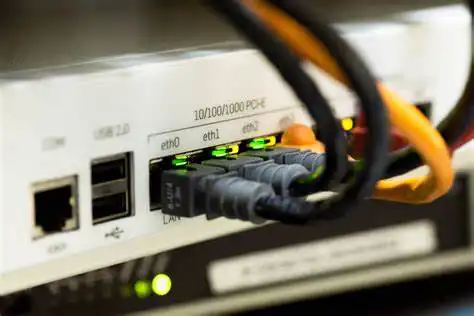Recent Progress in the PS5 Supply Problem
The global gaming community has seen Sony's PlayStation 5 face significant supply chain challenges since its launch. Consumers worldwide have been desperate to get their hands on the newest gaming system, but supply shortages have left many waiting. This delay lasted quite a few months, but the recent reports indicate an optimistic turn in the tide.
These supply chain issues have been strongly tied to the global pandemic, which disrupted most sectors. Factories worldwide faced production slowdowns because of social distancing protocols and material shortages due to import-export restrictions. Sony's PlayStation manufacturing process was no exception to this.

Considering the overwhelming demand for the PlayStation 5, these issues posed a significant challenge for Sony. However, Sony has been proactive and innovative in dealing with the situation. Now, there are firm indications from sources within the company that the issues have been resolved.
These reports suggest that Sony's PS5 production line has returned to full capacity and is even exceeding original expectations. This ramp-up in production marks a significant turn and reassures Sony's fan base and the gaming community at large that the coveted console is well within reach.
The Production and Demand Balance
For any product, particularly one with global popularity like the PlayStation, the balance between production and demand is essential. If the production cannot keep up with the demand, it creates a shortage. Conversely, overproduction can also lead to losses. Achieving this balance was crucial for Sony, especially given the challenges posed throughout 2020.
This delicate balance became all the more critical as PS5 demand skyrocketed due to increased interest in home entertainment products during the global lockdown. Sony's main concern was to accelerate the production of PS5 units without compromising the quality of the final product.
Finding this balance often involves intricate logistics and supply management, particularly when it comes to ramping up production to meet an unexpected surge in demand. Sony's successful navigation of these issues is testament to the company's experience and resourcefulness.
Now, with production normalized, Sony's focus is all set on meeting the localized requirements. This focus means not only creating enough PlayStation 5 consoles to meet global demand, but also ensuring that these consoles reach the markets where they are needed most.
The Impact of Resolving Supply Chain Issues
Resolving the supply chain issues and returning to full production capacity means that more PlayStation 5 consoles are making their way into the global market. Gaming enthusiasts who have eagerly been waiting for the console will soon see more availability.
Furthermore, resolving these supply chain issues will curb unofficial and political marketplace sales. These marketplaces have exploited the high demand and low supply of PlayStation 5, selling the popular device at exorbitant prices.
Another significant impact of resolving these issues is the positive reflection on Sony's brand image. It showcases the company's ability to adapt in difficult circumstances and further solidify its prominent position in the global gaming market.
Moreover, resolving these supply chain issues will ensure an uninterrupted user experience. When a console is in high demand but low supply, it often leads to an uneven distribution of users on online gaming platforms, affecting game matchmaking and interactivity.
Looking to the Future
Sony executives stated that resolving the supply chain issues wasn't just about meeting the current demand surge for the PlayStation 5. It was a part of a broader focus on optimizing Sony's supply chain to prevent similar issues from arising in the future.
The experience gives Sony valuable insights as it prepares for forthcoming product launches or potential challenges. One can only speculate about what's next in Sony's pipeline, but it's likely we'll see the company building on these learnings.
Looking ahead, Sony is also likely considering ways to improve its direct-to-consumer distribution channels. This strategy, if properly implemented, could provide an even more direct and efficient path from the manufacturing plants to consumers' hands.
Ultimately, overcoming the PlayStation 5 supply chain issues means that Sony is now better placed to meet future challenges head-on. Gamers around the world can expect an even smoother ride when the next major console is announced, ensuring Sony continues to lead the way in the global gaming industry.